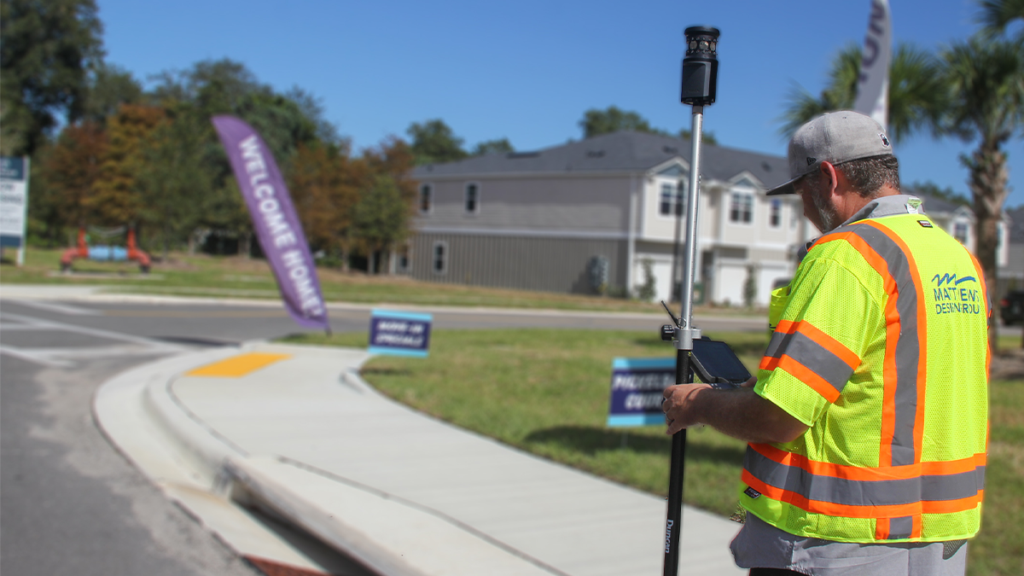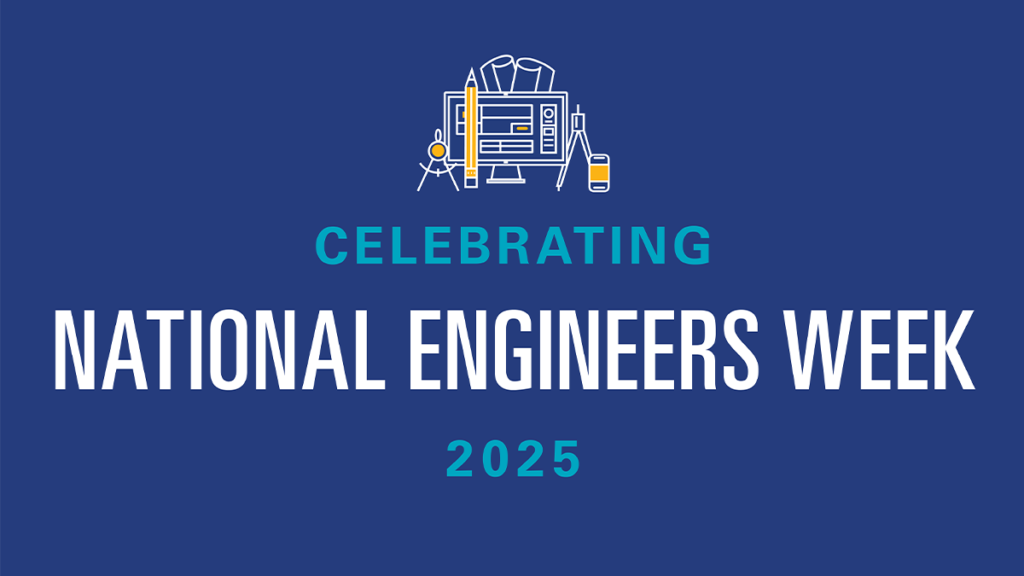Honoring Precision and Dedication: Celebrating Global Surveyor’s Day
Honoring Precision and Dedication: Celebrating Global Surveyor’s Day Written by: Kristy Buttermore At Matthews | DCCM, we take immense pride in our surveying team, whose expertise and dedication are instrumental in shaping the communities we serve. On this Global Surveyor’s Day, we celebrate the contributions of our survey professionals and acknowledge the crucial role they play in engineering, development, and infrastructure projects across Florida. The Backbone of Infrastructure and Development Surveyors provide the foundation for nearly every construction and development project. Their precision and technical expertise ensure that roads, bridges, utilities, and land development projects are accurately mapped and executed. At Matthews | DCCM, our surveyors work closely with engineers, planners, and construction teams to deliver high-quality results that stand the test of time. Recognizing Our Surveying Team In October 2023, Matthews | DCCM expanded our service offerings to include professional surveying, and since then, it has grown significantly. What started as a newly introduced discipline has quickly become an integral part of our operations. Our surveying team has taken on projects of increasing complexity, demonstrating their ability to provide precise data and reliable solutions that drive successful project outcomes. Our surveyors play a critical role in every phase of development, from land planning and boundary determinations to construction staking and topographic mapping. Their work ensures that projects begin with accurate measurements, mitigating potential risks and costly errors. Additionally, their collaboration with engineers, developers, and municipalities ensures seamless integration of survey data into the broader project scope. The success and rapid growth of our surveying services reflect the dedication and skill of our team. Their ability to adapt, problem-solve, and maintain the highest standards of accuracy has positioned Matthews | DCCM as a trusted leader in the industry. As we continue to expand our capabilities, we look forward to supporting even more projects and communities through our exceptional surveying expertise. A Heartfelt Thank You On this Global Surveyor’s Day, we extend our sincere gratitude to all surveyors at Matthews | DCCM and beyond. Your dedication and expertise drive progress, ensuring that communities are built on a solid foundation. Thank you for your hard work, commitment to excellence, and passion for the profession. Join us in celebrating our surveyors today and every day as they continue to pave the way for a better tomorrow! additional articles March 28, 2025 Honoring Precision and Dedication: Celebrating Global Surveyor’s Day March 24, 2025 Matthews | DCCM Awarded Continuing Services Contract for Putnam County March 19, 2025 Celebrating Surveyors Week at Matthews | DCCM February 21, 2025 Celebrating Engineers Week at Matthews | DCCM January 31, 2025 The Importance of Surveying in Everyday Life Facebook Linkedin Envelope









